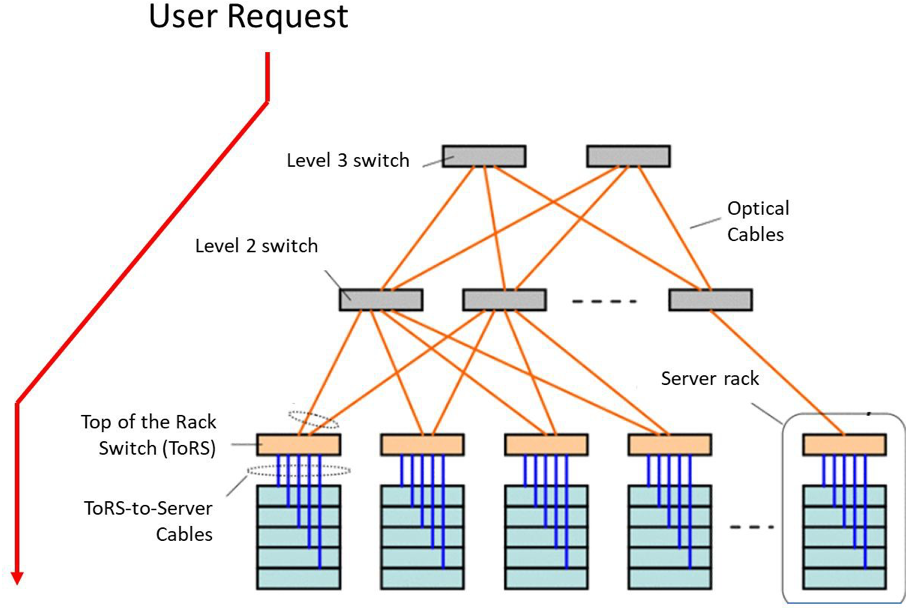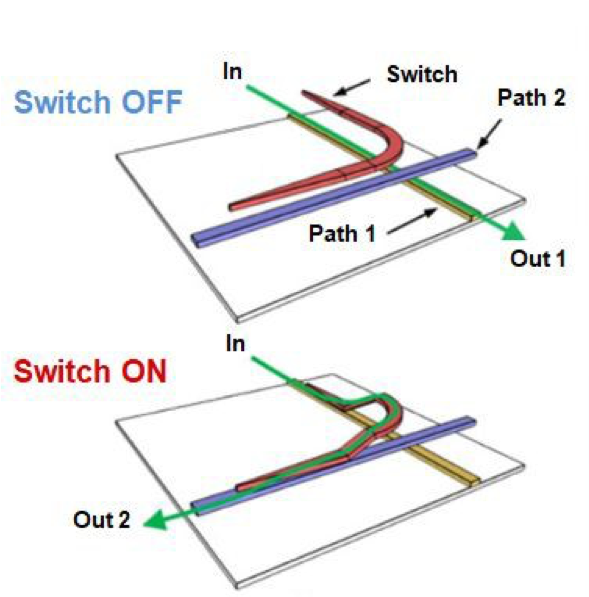By Ahad Rauf, BS Electrical Engineering & Computer Sciences ‘20



New light-based switches could dramatically improve internet speeds was originally published in Berkeley Master of Engineering on Medium, where people are continuing the conversation by highlighting and responding to this story.





